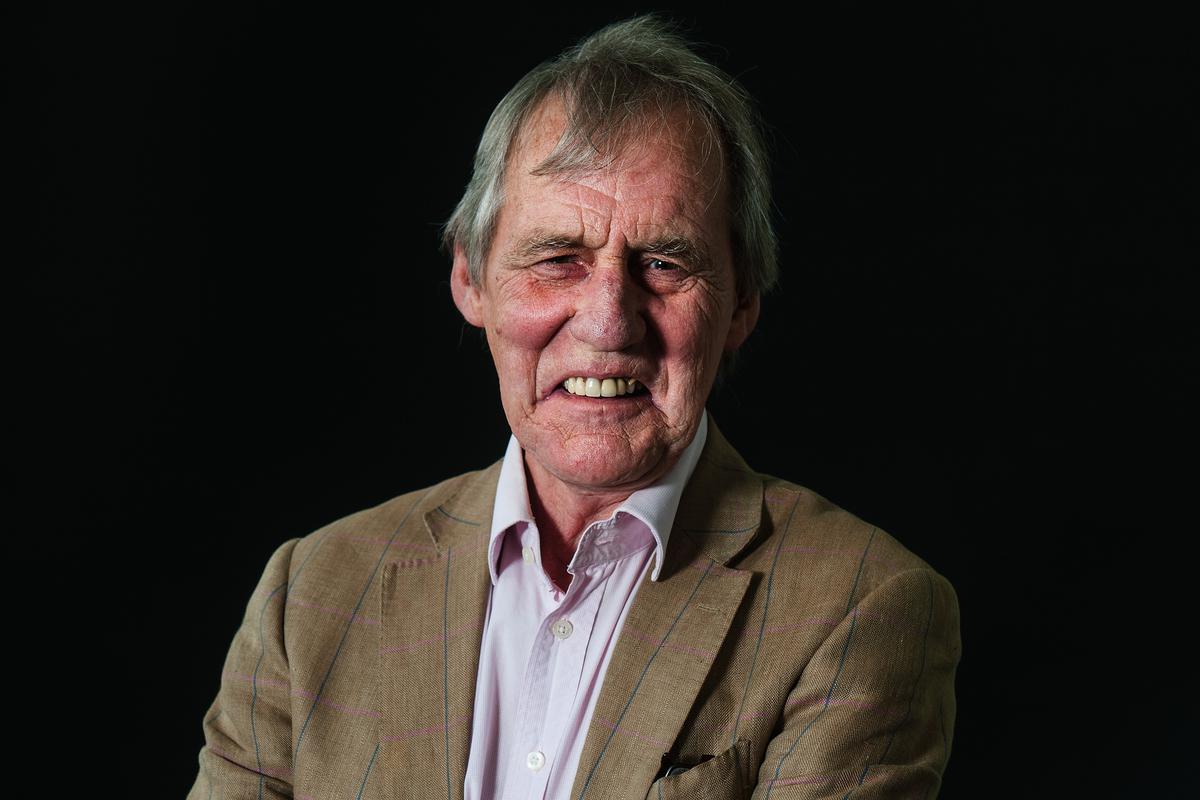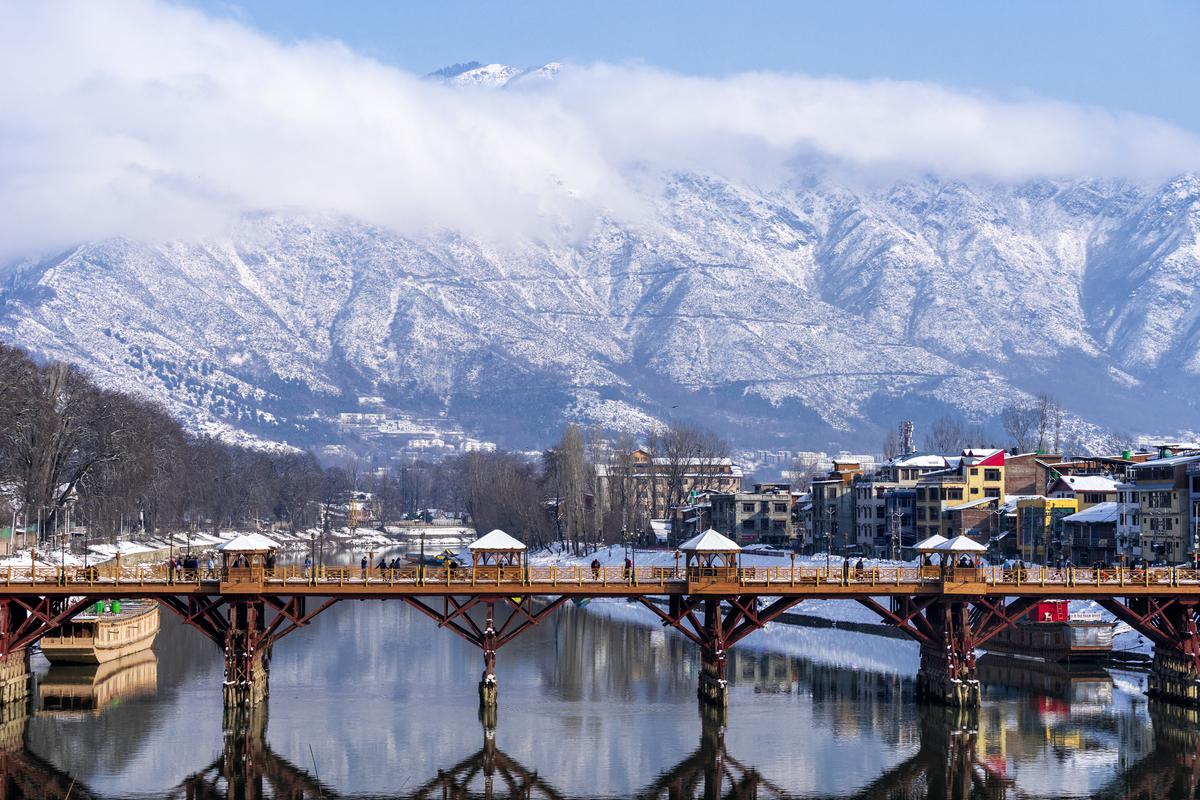Did you know that glaciers can be divided into male and female and the two can combine to form new glaciers? This is one of the interesting aspects in John Kay’s latest book, Himalayas: Exploring the Roof of the World, This book covers almost as wide a range as fields. Geology, politics, biology, spirituality – all find a place as a series of fascinating personalities whose lives are linked to the mountains. R. In an interview with Kritika, KA talks about his fascination for Asia, the writing process and why he wanted to tell the story of the only high altitude eco-zone on our planet. Edited excerpt:
You have written a lot about Asia. What is it about this area that attracts you?
When I was a student, I studied history at school and at Oxford. I was so intrigued by English history that I wanted nothing more to do with history. When I came to India and other parts of Asia I realized that everyone’s history was actually more interesting than mine. So, I started reading a lot and studying Asian history. It seemed to me that it was not portrayed very well for English. So, as a result, I have written many books on Indian and Chinese history etc. Plus, what I loved about working on Asian history was that I found an excuse to warm up elsewhere (laughs). I live in the north of Scotland which is quite wet and cold for most of the year.
John Kay says, ‘I am not an authority on Buddhism or Buddhism, so when writing about Tibetan religion, I looked to the example of the great Italian Buddhist scholar Giuseppe Tucci. , photo credit: Getty Images/iStockphoto
Was there any particular reason that inspired you to write this book on the Himalayas?
While we know about the various mountain ranges and Tibet, the realization that the entire Himalayan region is a distinct eco-zone and has a distinct history is worth a study in itself. The idea was to try to define what we mean by the Himalayas, which I take as the entire bruised region on the physical map of Asia. We think of other ecosystems like the Amazon or Antarctica. I think Himalaya is equally important as it is the only high altitude eco-zone on our planet. But it also requires more in-depth study. In the case of Antarctica, there is an international agreement of sorts under which the entire southern continent is protected from pollution and political activities. So, whatever goes into Antarctica has to come out. It contrasts with the Himalayas. Everything that goes there is left behind: climbing and camping materials, and even bodies. I would like to see all states that are interested in the Himalayas sign some sort of agreement to help protect and conserve the beauty of the region and its unique flora and fauna.

John Kay thinks that everything that goes into Antarctica comes out but with the Himalayas it is the opposite. ‘Everything that goes there seems to be left behind.’ , photo credit: Getty Images
What did it take for you to summarize all the information in this book?
I am not academic. I write with a little humor and lots of anecdotes. Overall, I think it has worked out very well. My India: A History is now in its third updated version, and China: A History In its second updated version. My book on East India Company, esteemed company, Came out 30 years ago, and it’s never been out of print. I like to think that people actually enjoy reading these books, rather than thinking they’re going to have a certain amount of useful information.
You focus the narrative of each chapter through a personality.
I think the personalities are interesting in their own right and provide some sort of narrative structure to the chapters that might otherwise seem a bit trending. I thought it was important that when you read a book on the Himalayas, you should understand why belief systems differ from those of the surrounding countries. For example, I am not an authority on Buddhism or Buddhism, so when writing about Tibetan religion, I drew on the example of the great Italian Buddhist scholar Giuseppe Tucci, who introduced Vajrayana Buddhism as a practice to the world in the 1930s. Introduced to the secrets of in Tibet. He was a controversial figure. In fact, his campaign was largely funded by Mussolini’s fascist regime.

Zero Bridge in Srinagar with Himalayas in the background. , photo credit: Getty Images
Lastly, what is your lasting memory of the Himalayas?
I came to India for the first time, came to Kashmir in the mid 1960s. I was very keen on fishing in those days, and I was given to understand that there was some excellent trout fishing in Kashmir. Therefore, I walked for two weeks with a fishing rod. I have also spent a lot of time in Bhutan, Nepal and northern Pakistan (now called Gilgit-Baltistan). I love all these regions, but when you say Himalayas, I think of Kashmir.
Himalayas: Exploring the Roof of the World, John K, Bloomsbury, ₹699.
krthika.r@thehindu.co.in